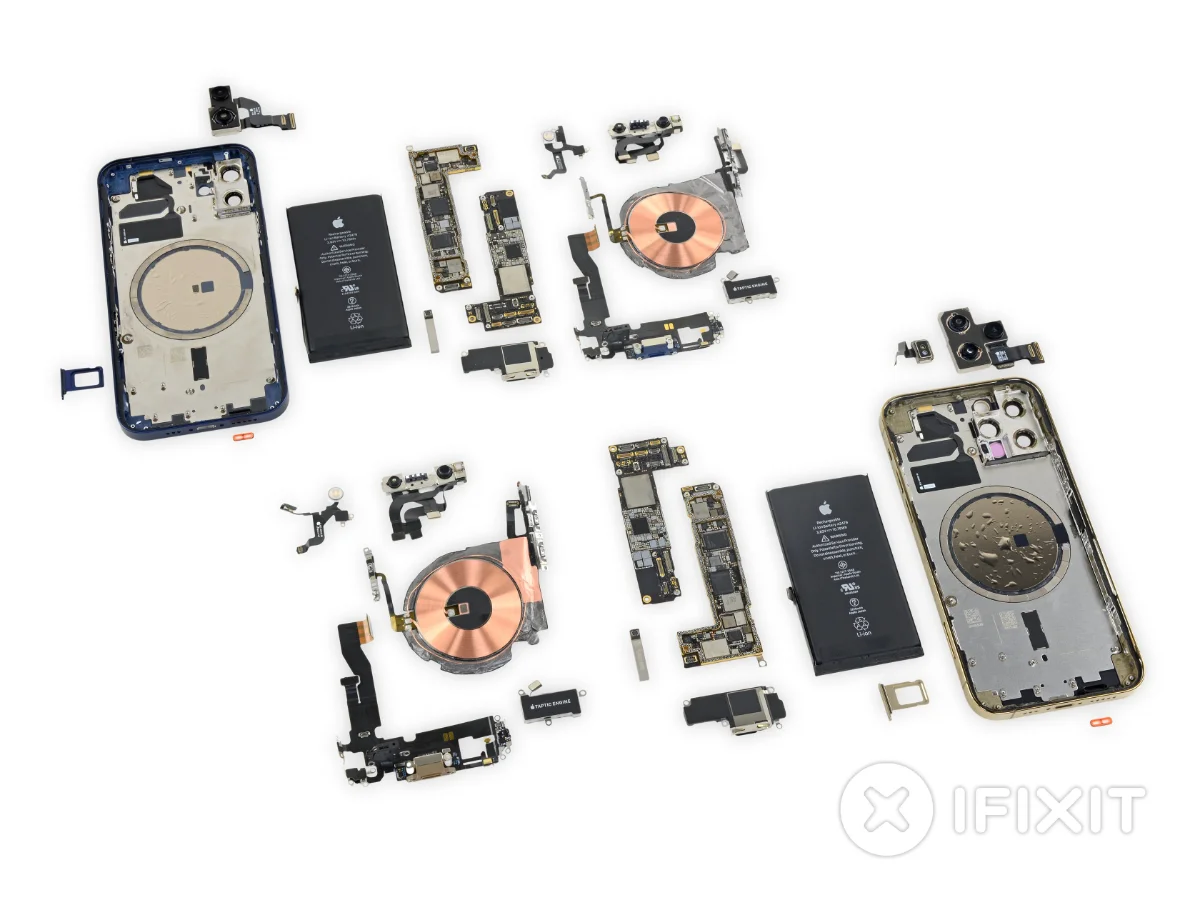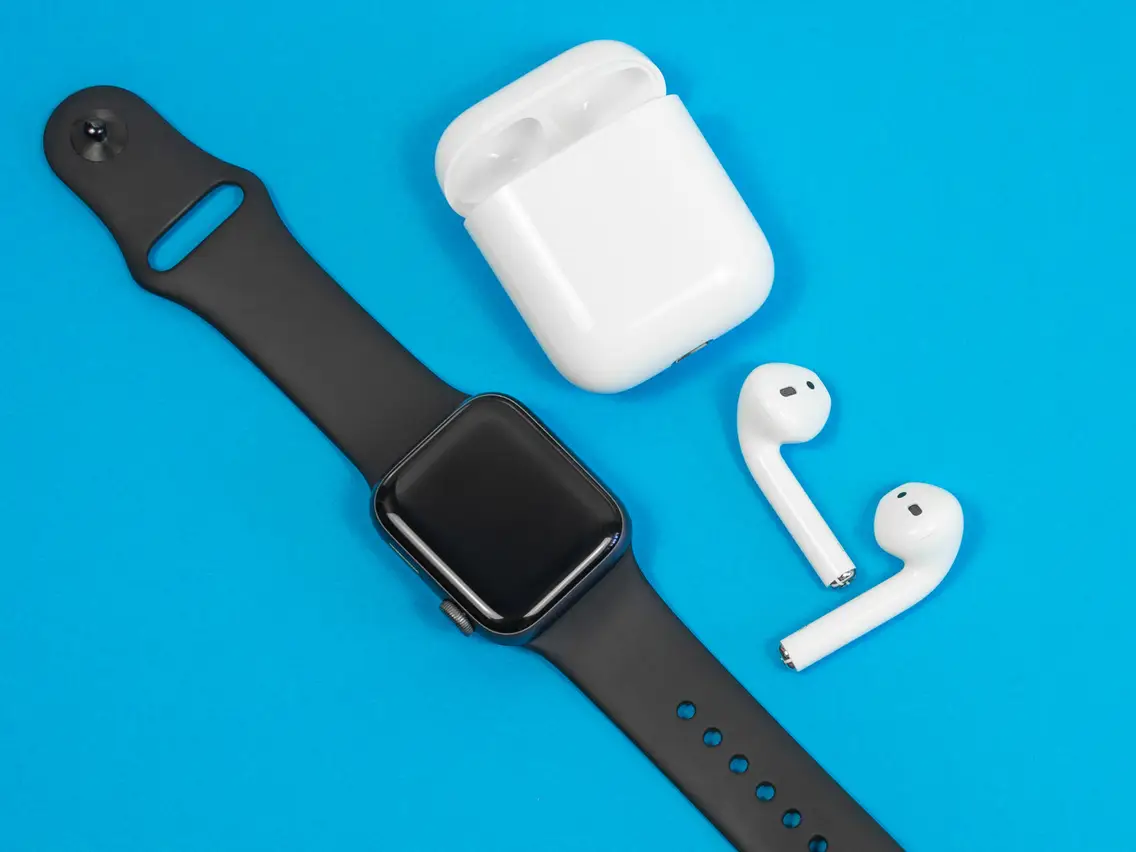French began required smartphone makers to include repairability index on their devices to be displayed on January 2021. The importance and impact of this move can not be understated to consumer who wish to keep their devices for a long time. It is hoped that the momentum of this law will gain EU-wide recognition and move on to other large, well developed markets like US, Japan and China. We explore what this law requires and how it will impact future iPhones in particular and consumer electronics in general.
Plug: Please help grow this site by visiting my affiliate links below:-
Explanation
Before explaining what is the impact of this repairability index, we need to explain what is the repairability index that is defined by the French government. According to their ruling, all new smartphone sold in French must display the repairability index in the stores and website. The repairability index has a score from 0 to 10 and is defined by 5 criteria which has equal weight. Each criteria has 20 points and all adds up to 100 points which will be divided into 10 for the final score. The five criteria is
- Documentation - Available documentation from the manufacturer.
- Ease of disassembly - The ease of disassembly of the smartphone.
- Spare parts availability - The availability of spare parts from the manufacturer. How easy to get them.
- Spare parts price - The relationship between price of most expensive spare part item and price of original product. The bigger the differences, the better the score.
- Specific Criterion The quality of information given by the manufacturer such as the information of the update, the ability to reset software and free remote assistance.
The actual ruling can be found at European Commission website here.
The criterion for repairability score can be compared to iFixIt, a self-repair instructional website, famous for teardown and consumer right to repair movement. From iFixIt, they said :-
A device with a perfect score will be relatively inexpensive to repair because it is easy to disassemble and has a service manual available. Points are docked based on the difficulty of opening the device, the types of fasteners found inside, and the complexity involved in replacing major components. Points are awarded for upgradability, use of non-proprietary tools for servicing, and component modularity.
In current form, the index is only required on French soil. However, the European Parliament voted overwhelmingly to support such labeling EU-wide although timeline for EU-wide implementation is not clear.
Impact for Apple
Apple is known for touting its green credentials. They are using renewables for their operations and has been carbon neutral for years and aims to be carbon neutral in its entire supply chain by 2030. It uses less packaging to reduce carbon footprint. It has remove chargers and headphones from their iPhone offering (much to the chargin’ of their competitors) as an environmental initiative. It has so much renewable energy that it contracts out their excess energy as Apple Energy. Apple recourage users to recycle their iPhones and demos their recycling robots. They wanted all their materials in their devices to be from recycle material instead of mined from the earth.

That being said, Apple green credentials is not without flaws or critics. Its devices has been criticized as hard to repair. Apple is against the right to repair movement under the guise that the devices are more and more complicated. There has been reports that changing the camera modules in the iPhone 12 made the camera inoperable. The cost of repairing item is significantly higher than other manufacturers since you have to register to be a specialist from Apple. Even then, you might not be able to procure the parts necessary for the repair as shown for other Macs. And their iPhones require specialist tools as they use pentalobe screws which is a non-common tool.
This new repairability label will encourage Apple to rethink their position on repairability. Just like how energy efficiency labels encourage manufacturer to make more efficient devices, Apple will be compelled to make easier to repair phones.
Impact for electronics industry
There’s this concept that is called planned obsolescence. It has been theorized that companies, especially in the electronic sector, designed their products to be out of date and obsolete within a certain time frame. This this is partially the companies fault, there’s also the demand from consumers for a better, faster and more capable product which compels company to make newer and newer models.

Computer and electronics technology has grown in leaps and bounds over the years since the early introduction in the 1960s but one can consider for now the capabilities of electronic devices has far outstrip typical consumer utility. Normal consumers do not need to change phones every year or every other year. Computers from 3 to 5 years ago is still good enough for daily normal use everyday. There is no reason for consumer to change devices every 2-3 years if the devices itself can be repaired at a modest cost. The reason why most people throw out their devices is because the current technology is far superior than old technology or the cost of repairing is higher than getting a new one. Hopefully with the roll out of this law in EU and other markets, we are heading towards good repairability devices.
Environmental concerns
E-waste has become a growing concern. Tens of millions or tones of old devices has been dumped in landfill as e-waste and France itself generates around 20-25kg of e-waste per capita. That’s 1.4 million tonnes of e-waste per year.

Apple, as a company do a lot further than other electronic companies. However, the best solution for reducing waste is using the mantra ‘reduce, reuse and recycle’. We should add repair as you should prolong the life of your devices as long as possible.
Conclusion
Personally, I think this is a good law from France and I hope such standards is applies to the rest of the EU and other markets. This will improve the devices itself has you will get more use out of your dollar. This would be like the energy efficiency rating where energy efficiency label has been put in a lot of devices in EU and other parts of the world. In the end, we will get more energy efficient devices and makes a better product that also saves our wallet too.
Plug
Help grow this site and my family by visiting my affiliate links below:-
Phones:-
- Samsung S21 - Amazon
- Samsung A51 - Amazon
- Huawei Mate 40 Pro - Amazon
- OnePlus 8 Pro - Amazon
- Oppo Find X2 Pro - Amazon
- Xiaomi Mi 10 Pro - Amazon
- iPhone 12 mini - Buy at Amazon
- iPhone 12 - Buy at Amazon
- iPhone 12 Pro - Buy at Amazon
- iPhone 12 Pro Max - Buy at Amazon
Accessories:-